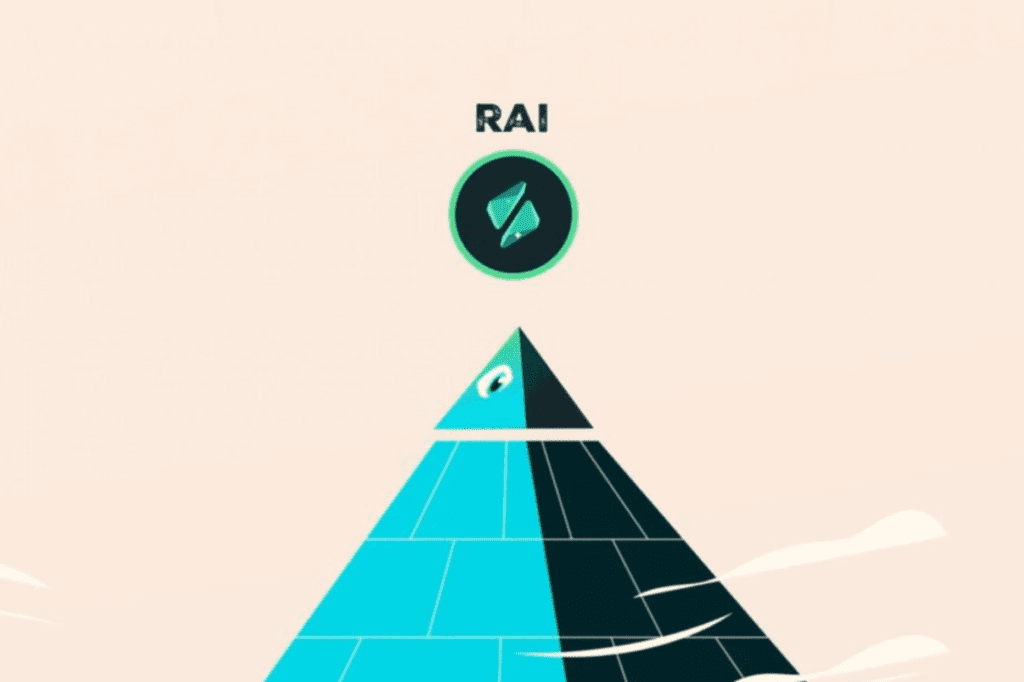Key Points:
- Stablecoin RAI is created by Reflexer Labs that is completely backed by Ether. To mint RAI, users must lock their Ether as collateral and pay a 2% charge.
- The Ethereum creator terminated his investment, selling 1.13 million USD in DAI and Ether to RAI. Vitalik generated a $92,000 profit through on-chain data analytics after returning the first RAI loan.
After 7 months, Ethereum founder Vitalik Buterin has terminated a short position on stablecoin RAI for a profit of $92,000 USD.

After 7 months, Ethereum founder Vitalik Buterin has closed a short investment on stablecoin RAI for a $92,000 USD profit. According to on-chain statistics, Vitalik Buterin borrowed 400,000 RAI in May-June 2022 and sold it for 1.2 million DAI – another stablecoin. The Ethereum creator terminated his investment, selling 1.13 million USD in DAI and Ether to RAI. Vitalik generated a $92,000 profit through on-chain data analytics after returning the first RAI loan.
Stablecoin RAI is a stablecoin created by Reflexer Labs that is completely backed by Ether. To mint stablecoin RAI, users must lock their Ether as collateral and pay a 2% charge. RAI is not a stablecoin tied to the US dollar and instead relies on algorithms to maintain exchange rate stability. However, this approach proved ineffective when the price varied somewhat within a year, falling from 3.07 USD to 2.79 USD.

Although Vitalik’s profit in this position is small, the move is notable because it highlights weaknesses in RAI’s architecture. Ameen Soleimani, co-founder of Reflexer Labs, used an example from Vitalik’s own trading position to confirm that RAI’s current design model is flawed.
According to Soleimani, RAI holders receive no staking incentives for the amount of Ether locked up as collateral. This is a cost of potential. As a result, the redemption rate (RAI) that maintains the RAI is frequently negative. This implies that the mechanism that maintains RAI steady will lead the coin’s price to fall over time.
The entrepreneur also advised adding stETH to the list of collateral assets as a workaround. This is a liquid staking token with a recurring reward for the holder. If this proposal is adopted, the amount of collateral for RAI will always rise over time, making RAI holders more profitable and reducing the opportunity cost of not engaging in ETH staking.
Another noteworthy feature is that upon delivering the RAI project, the original team canceled the key. Unlike many Ethereum projects, RAI chose to “decentralize” its platform, allowing the team to modify the protocol. Soleimani was subsequently forced to accept responsibility for the project’s “ungovernability” design.
According to Ameen Soleimani, the only method to add stETH to the collateral list is to restart the project from the beginning.
DISCLAIMER: The Information on this website is provided as general market commentary and does not constitute investment advice. We encourage you to do your own research before investing.
Join us to keep track of news: https://linktr.ee/coincu
Chubbi
Coincu News






















